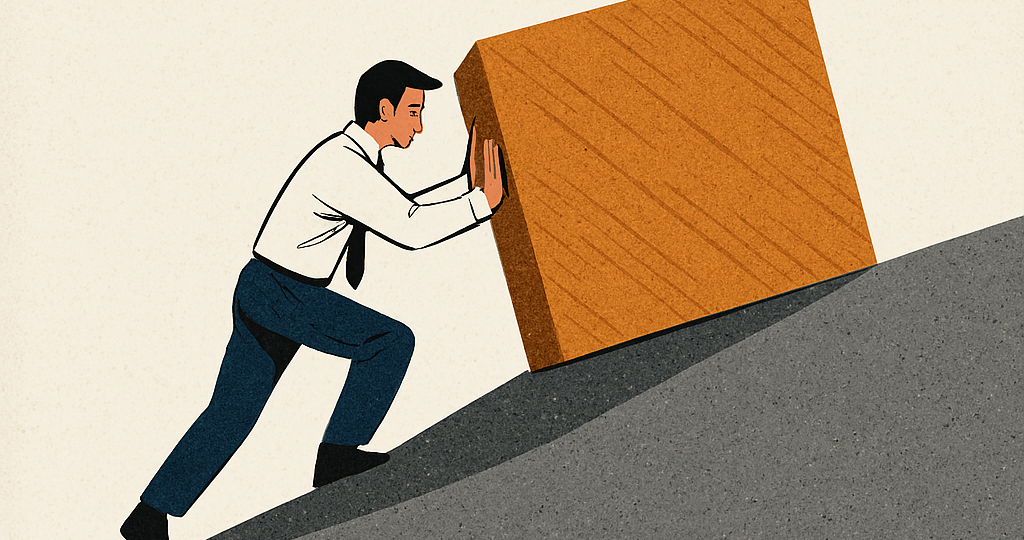
A handwoven scarf at a local craft fair catches your eye. It’s beautiful, sure—but when the seller explains it took three weeks of meticulous work, it somehow feels worth more. That instinct isn’t just sentiment—it’s the effort heuristic at work, our mental shortcut that equates value with the amount of effort put in.
The term was first explored in depth by psychologists Kruger, Wirtz, Van Boven, and Altermatt in a 2004 study. They found that when people were told a piece of art took longer to create, they consistently rated it as higher quality—even when the artwork was identical to a “quick” version. Our brains often treat effort as a signal of worth, assuming that more time, skill, or struggle means a better result.
While this can lead us to appreciate craftsmanship, it can also trip us up. Sometimes the easiest solution is the best one, yet we may dismiss it because it feels “too easy.” This is why DIY projects, handmade gifts, or even lengthy problem-solving can feel more satisfying than buying a quick fix—they carry the invisible weight of effort that enhances their perceived value.
The effort heuristic is part of what makes human appreciation so deeply tied to process, not just outcome. We’re wired to reward sweat and persistence, even if the end product is the same. It’s a reminder that in our minds, effort doesn’t just produce value—it is value.
RELATED POSTS
View all

